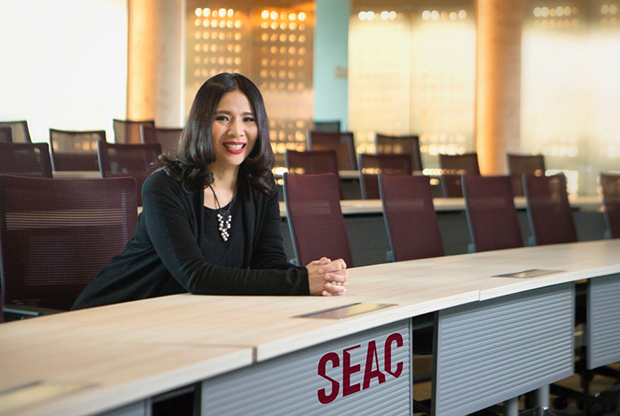
Design thinking has become well known as a strategy to successfully address and solve complex problems. It focuses on gaining an understanding of an area of human experience, and on using these insights to create products, services or even processes that address people’s needs and improve their experience.
Many world-leading companies, such as Apple, Microsoft, Facebook, Ikea, Uber and Lego, have achieved success by applying design thinking in their product and service development process.
Surely, there are many similarities between design thinking and other types of thinking or even other development and marketing processes. But what makes design thinking so unique and different that it has helped many firms to transform themselves so dramatically and successfully?
To answer this question, we have to take a step back and look not only at the process, but at the core strategies at work in the design thinking process. While there are many approaches to be addressed in the development process, from technology to marketing, design thinking itself has different approaches which focus primarily on the user’s needs, solving problems, achieving innovation, and so on.
Well, that’s the theory and the thinking concept. But if we look even deeper, we’ll see that the success of any design thinking initiative depends on the right team members and a supportive culture. How so?
As design thinking often leads us into unknown and sometimes even uncomfortable areas, particularly during the empathy stage when we are trying to learn about the unmet needs of customers or users, team members require special qualities. They must be comprehensively open-minded, continuously curious, wholeheartedly collaborative enough to be able to let their assumptions or hypotheses be challenged, ready for constant change, and prepared to be adaptable at all costs.
The truth is that in most organisations, it is the norm to encourage the development of skills and capabilities relevant to a specific role. For instance, creativity is considered crucial for graphic designers or marketers, whereas analytical skills are encouraged among IT department staff, and so on. This boxed organisation of talent explains why the scope for innovation is so limited in some organisations. This is because individuals within specific departments with specialised skills tend to approach and solve problems at their own level of experience by simply using the skills they feel most comfortable with.
If you want to undertake design thinking, cross-disciplinary teams will provide you with the best results as they will equip you with different minds and personalities along with the richness of the members’ varied experiences.
Healthy collaboration between creative and analytical thinking from multidisciplinary teams with a wide range of thinking styles, expertise and experiences will offer you holistic thinking that is more effective than a narrowly focused approach, or groups of certain specialists working alone.
Now that you have the right team to work with, another critical factor for design thinking to truly become effective is to have the right culture — the environment conducive to innovation.
Playful workspaces and the fun activities we engage in can greatly influence our thinking, our perceptions or even our mindset. Many innovative companies are now investing in creating workspaces that allow their employees to have fun and be creative.
While these factors are also essential, I’d like to remind you all that even if they create adult-sized playgrounds/offices such as those of Google, Facebook or Line, if companies do not genuinely change their culture to celebrate failure and prioritise innovation, nothing will happen.
Don’t get me wrong — a playful workspace is nice as long as it’s not just about the physical dimension. Rather, the company must also allow people to tap into the type of thinking that could later result in breakthrough innovation, even if they have to fail several times before reaching a solution.
It’s also important to understand the full implication of the term “celebrate failure”. It’s not the failure itself that you’re celebrating; it’s the learning that comes from that failure and which moves you closer to the right solution.
In this sense, “celebrate” doesn’t just mean tolerate or ignore failure — it means publicly recognise people for trying something, failing, learning, and trying again. Promote people who do fail and learn over those that play it safe.
With the right team and the culture that encourages people to take risks and try different approaches, they will be able to fail fast, fail early and fail cheaply — and so succeed faster. And this is why design thinking has been able to take companies, such as Apple in 1997 and Lego between 1993 and 2004, from failure to success.
-------------------------------
Arinya Talerngsri is Chief Capability Officer and Managing Director at SEAC (formerly APMGroup) Southeast Asia's leading executive, leadership and innovation capability development centre. She can be reached by email at arinya_t@seasiacenter.com or www.linkedin.com/in/arinya-talerngsri-53b81aa
For daily updates, visit www.facebook.com/seasiacenter